The Moloch, also known as the Thorny Devil, Thorny Lizard, or Thorny Dragon, is a small reptile with incredibly spiny skin. These thorny little creatures live in Australia. Its closest relatives include bearded dragons, water dragons, frilled lizards, and more. Read on to learn about the Moloch.
Description of the Moloch
Imagine a stout little brown lizard, now cover it in short spines – congratulations – you are picturing a Moloch! These little creatures usually have brown or tan scales and sharp spines over their backs, sides, and limbs. They do not have spines on their undersides.
On average, these reptiles measure about eight inches long, their bodies making up about three or four inches. Most individuals weigh less than two ounces.
Interesting Facts About the Moloch
This spiky little creature sure looks interesting, but what else makes it tick? Learn more about the thorny devil below.
- Myrmecophage – These creatures are myrmecophages. That’s a fancy name for an animal that only eats ants! In fact, much of their diet consists of only a single species of ant!
- Trailblazing – Instead of chasing their prey around, this reptile sits near a known ant “trail” and waits for its prey to wander by. When an ant gets too close, the thorny devil snatches it up.
- Lots of Lunch! – There’s one primary reason that most animals do not eat ants. Ants have almost no nutritional value. This means that a single lizard must eat about 750 ants per day.
- What’s in a Name? – This species’ name is a reference to an early deity known by the same name. The early Canaanites believed Moloch was the god of child sacrifice.
Habitat of the Moloch
This reptile lives exclusively in desert regions and scrub with low rainfall and high daytime temperatures. They prefer ecosystems with sandy soils. Very little vegetation grows in these regions, so these creatures primarily rely on their spiny exterior to protect them from predators.
Distribution of the Moloch
Molochs live across a vast desert region of central and western Australia. They primarily inhabit the interior of Australia, where their desert habitat is quite prevalent. You can also find these creatures in various zoos across the world.
Diet of the Moloch
The species feeds exclusively on ants. While they eat several different species of ants, most of their diet comes from a single species. They eat hundreds of ants in a single day, and usually catch two or three ants per minute. Their primary hunting method is ambush, as they wait near frequented areas for ants to pass by.
Moloch and Human Interaction
Humans do not interact with these creatures very frequently. People usually avoid handling them because of their spiky exteriors. The reptiles, however, are nonvenomous and nonpoisonous, and do not pose a danger to humans.
The IUCN lists this species as Least Concern, and shows stable population numbers. Their populations are high and widespread, and human activity does not impact them.
Domestication
Humans have not domesticated this species in any way.
Does the Moloch Make a Good Pet
No, this lizard does not make a good pet. It is quite unpleasant to handle, and lives in desert habitats. In most places, it is also illegal to own this creature as a pet.
Moloch Care
In zoos, these reptiles live in moderately sized enclosures with sand substrate and controlled temperature in the form of heat lamps. Because they only eat ants, zookeepers feed them a diet of ants. Even though their habitats rarely have water sources, individuals in zoos have constant access to fresh water.
Behavior of the Moloch
These creatures have quite interesting habits. They spend the night in small shrubs or similar vegetation and emerge at sunrise. The first thing they do is go to their bathroom area and defecate, then they return to their “home” shrub.
Throughout the day, they periodically feed on ants as they go about their business. During the breeding season they wander quite far from their territories to search for a mates.
Reproduction of the Moloch
When a pair finds one another, the male bobs his head to show off to the female. After mating, the female digs a burrow and lays her eggs at the bottom. When she emerges, she refills the burrow and smooths the sand. The average clutch contains about eight eggs.
Eggs incubate in their burrow for about four months before hatching. The young eat their eggs and then dig out of the burrow. Hatchlings do not receive any parental care, and are fully independent when they hatch.




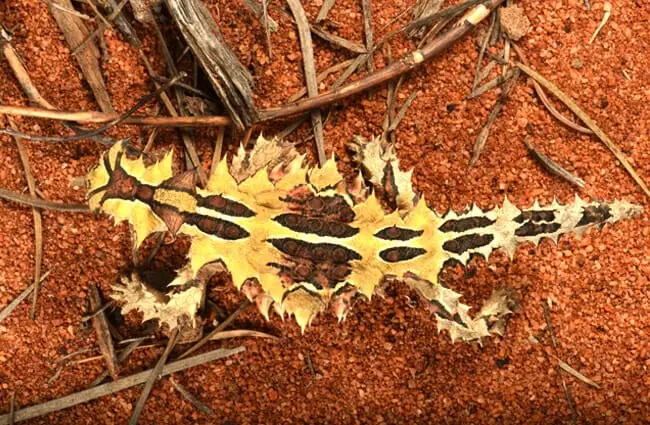
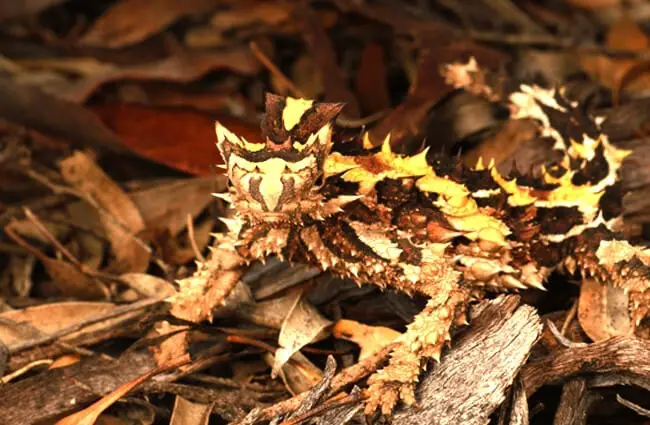
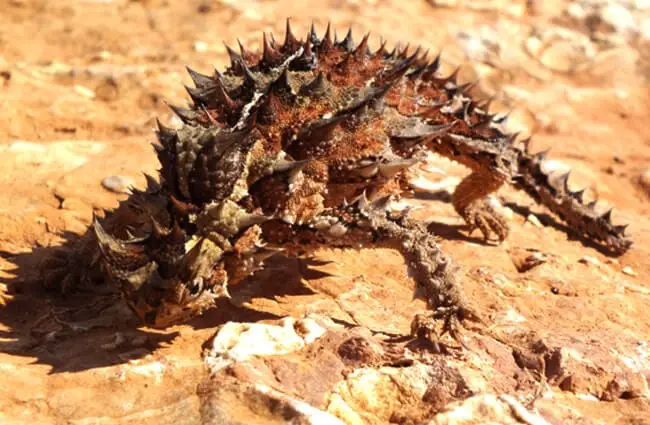
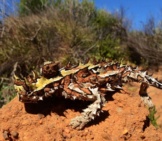
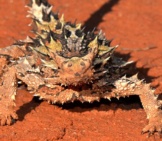
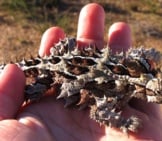
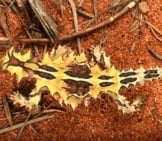
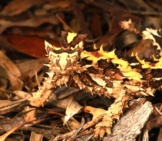

![Red Angus Closeup of a beautiful Red Angus cowPhoto by: U.S. Department of Agriculture [pubic domain]https://creativecommons.org/licenses/by/2.0/](https://animals.net/wp-content/uploads/2020/03/Red-Angus-4-238x178.jpg)












![Red Angus Closeup of a beautiful Red Angus cowPhoto by: U.S. Department of Agriculture [pubic domain]https://creativecommons.org/licenses/by/2.0/](https://animals.net/wp-content/uploads/2020/03/Red-Angus-4-100x75.jpg)

